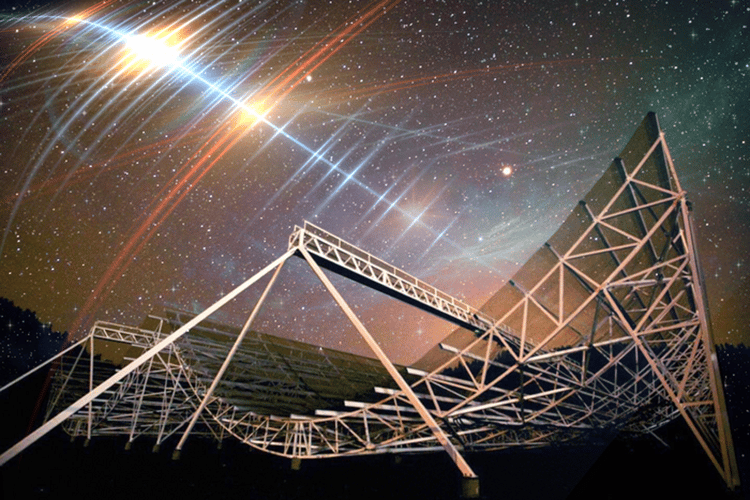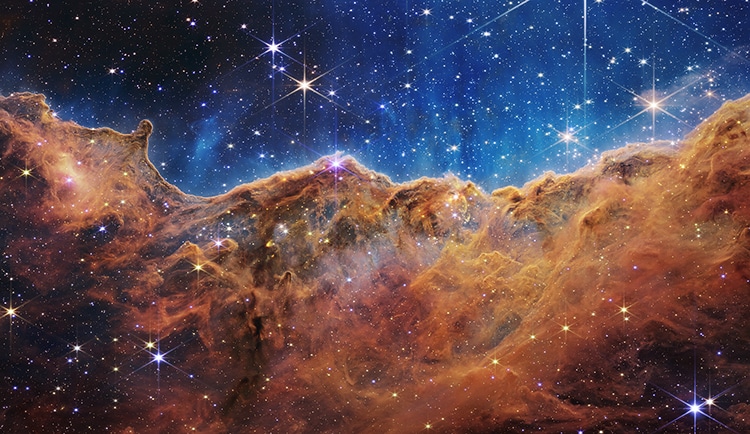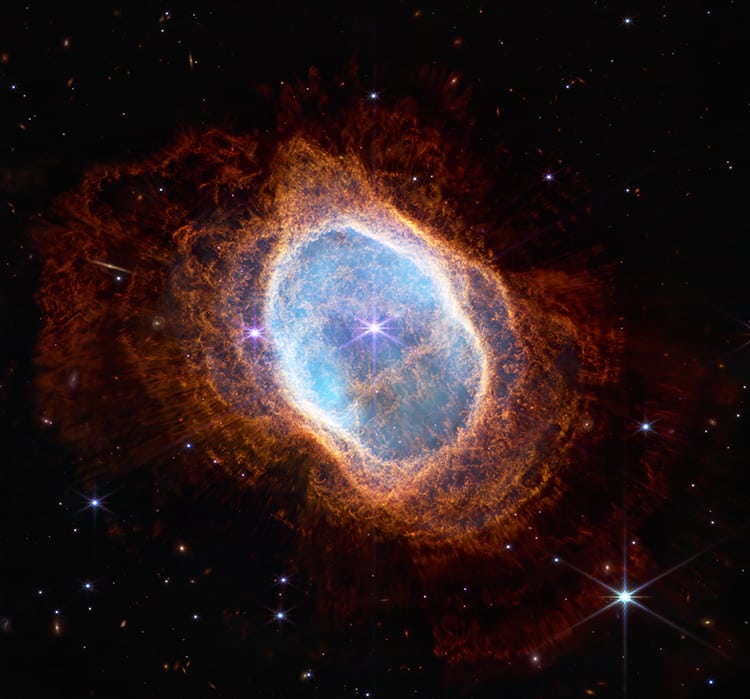(Photo:CHIME, background edited by MIT news)
NASA’sJames Webb Space Telescopehas recently rocked the internet.
These are intense bursts of radio waves in space.
They usually last only milliseconds.

The large radio telescope CHIME that picked up the fast radio burst (FRB), with a visualization of the phenomenon. (Photo:CHIME, background edited by MIT news)
Only discovered in 2007, FRBs remain a bit of a mystery.
It lasted three seconds rather than milliseconds, with bursts at every 0.2 seconds.
This is the first time the signal itself is periodic.

The Carina Nebula as captured by NASA’s Webb Telescope. (Photo:NASA, ESA, CSA, STScI)
It is also the longest FRB on record.
Most FRBs are one-off events, but this signal repeats.
Known as FRB 20191221A, scientists postulate that it may be emitted by a radio pulsar or magnetar.

The bright star at the center of NGC 3132, a planetary nebula, as seen. by NASA’s Webb Telescope. (Photo:NASA, ESA, CSA, STScI)
FRB 20191221A comes off as more than a million times brighter than similar emissions within our galaxy.
Given its regularity, scientists hope to continue to track and study the radio signals.
The Carina Nebula as captured by NASA’s Webb Telescope.
The bright star at the center of NGC 3132, a planetary nebula, as seen.
by NASA’s Webb Telescope.